Roller Compactors with Spikes Benefits: Boosting Efficiency
Roller compactors are an example of mechanization in the construction industry for efficiency. These are heavy construction equipment used to compact construction materials to required density. They are fitted with heavy drums at the front or rear, these drums exert a vertical compaction force when rolled over the material; packing the particles closer to each other.
Compaction needs vary from one project to another. Some projects require higher compaction degrees; spiked roller compactors aim at achieving this while maintaining the economical viability of the project. Spiked roller compactors have spikes, or pads, on the drum. These spikes
Contents
Design and Components
A. Basic design and structure
A roller compactor with spikes has components similar to other roller types, apart from the structure of the drum. The drum has protruding pads, or spikes, and is attached to a robust frame. The frame is connected to the roller’s chassis, which also holds the operators cabin, engine, and an axle for the supporting tires. The operators cabin houses the controls for the roller, these include gears and vibration controls. The engine provides the power needed to drive the drum over material under compaction.
B. Novel feature for improved compaction
1. Spike mechanism and its integration into the roller’s surface
The spike mechanism in roller compactors involves attaching sturdy metal spikes onto the roller’s drum surface. These spikes penetrate the material during compaction, breaking up clumps and creating channels for better compaction. The introduction of spikes enhances compaction efficiency by improving material distribution and ensuring a more solid and uniform surface.
2. Material considerations for spike construction
High-strength, wear-resistant alloys like hardened steel or tungsten carbide are preferred due to their durability and resistance to abrasion. These materials withstand the repetitive stress of compaction and maintain spike integrity, ensuring prolonged effectiveness and optimal compaction performance.
C. Additional components
The roller compactor’s engine provides ample power for smooth operation, driving the spiked drums for efficient compaction. Intuitive controls allow the operator to adjust speed and direction with precision. Safety features include emergency shut-off, seat belts, and protective guards.
Advantages of Spike Enhanced Compaction
A. Increased penetration
1. How spikes enable penetration into the compacted material
Penetration depends on the amount of pressure exerted at a point. Spikes reduce the area in contact with the material. Since the drum’s weight is constant, this increases the pressure at the tip of the spike leading to penetration.
2. Comparison with traditional smooth-drum compactors
The drum weight to compaction area of smooth drum rollers is lower than that of spiked rollers. As a result, less pressure is applied on the material at an instance. Smooth-drum rollers need more passes to attain deep compaction compared to those with spikes.
B. Enhanced soil aggregation
1. How spikes disrupt the soil particles, promoting better compaction
Spike-equipped drums on a roller compactor penetrate soil, breaking clumps and creating voids. This action redistributes particles, enhancing soil density and uniformity, resulting in improved compaction by reducing air pockets and increasing material interlocking for greater stability.
2. Benefits in terms of soil density and stability
The spikes on these rollers enhance soil density by disrupting particles and eliminating voids during compaction. This leads to increased stability by promoting better interlocking of soil particles, reducing settling and shifting. The result is a more solid and uniform surface, ensuring long-term durability and load-bearing capacity for construction projects.
C. Improved surface traction
1. How spikes contribute to better traction on slippery and uneven surfaces
Spikes grip and penetrate the material. This enhances the roller’s grip, preventing slippage and ensuring effective compaction even in challenging conditions, ultimately leading to a smoother and more stable finished surface.
2. Applications in challenging terrains or weather conditions
On loose or uneven ground, spikes enhance compaction by breaking and redistributing material. In wet conditions, they improve traction, preventing slippage. These rollers are indispensable for ensuring effective compaction and stable surfaces in difficult environments, optimizing construction projects’ success.
Applications of Spike-equipped Roller Compactors
A. Road construction and maintenance
1. How the roller compactor with spikes is beneficial for road projects
Spikes enhance penetration into the material allowing deep compaction. Additionally, they break clumps that would otherwise compromise the effectiveness of compaction. Efficient compaction in road construction ensures the road can sustain its intended traffic loads. Additionally, the expulsion of air prevents cracking in hot and extremely cold weathers.
2. Road types and conditions where spikes offer advantages
Road compactors are advantageous in all types of roads. For all weather roads, they are used in the compaction of base and subbase layers. They are also essential in strengthening the base layers of dirt roads.
B. Landscaping and ground preparation
1. How the spikes assist in preparing soil for landscaping
Spikes on a roller compactor aid in landscaping by penetrating and loosening soil, facilitating better water infiltration and root penetration. They break up compacted areas, creating an ideal foundation for planting and landscaping. This ensures improved soil aeration and drainage, promoting healthier vegetation and enhancing the overall aesthetics of the landscape.
2. Benefits for achieving proper seedbeds and plant growth
Proper seedbeds enhance seed-to-soil contact, promoting germination and plant growth. The improved soil structure facilitates root development, nutrient absorption, and water distribution, fostering healthier plants and successful landscaping outcomes.
C. Industrial and residential site development
1. Construction projects that can benefit from spike-enhanced compaction
Spike-enhanced compaction benefits roadways, ensuring stable and durable surfaces. Foundations and building pads benefit from improved soil density and load-bearing capacity. Airport runways gain enhanced stability. Additionally, dam and embankment construction benefit from better compaction to ensure structural integrity and prevent erosion.
2. Brief scenarios illustrating real-world applications
On a new road project, the spikes penetrate and compact the soil, creating a solid, even surface for safe driving. In a residential area, the spikes prepare the ground for landscaping, ensuring lush gardens thrive. At a construction site, the spikes enhance foundation compaction, ensuring a stable structure.
Operational Considerations and Maintenance
A. Operator training
1. Proper training for using the roller compactor with spikes
Training is essential for safety and efficient compaction. The operator and other people working around the compactor should be trained on communication signals to avoid accidents. The operator should master all the necessary controls to ensure optimum functioning of the roller.
2. Safety guidelines and operation best practices
Safety procedures should be carried out before, during, and after roller operation. This ensures safety of the operators and the roller compactor itself. Before compaction, the area should be inspected and cleared of all debris. Additionally, the roller should be inspected before and after operation and all defects addressed.
B. Maintenance requirements
1. Regular maintenance routines for ensuring spike functionality
The spikes should be checked before and after every compaction. Broken spikes should be replaced or repaired accordingly. This enhances uniform compaction and stability of the roller while in operation.
2. Inspection and cleaning procedures to prevent spikes from becoming ineffective
Cleaning after compaction and oiling them prevents corrosion and rusting. While cleaning, one should focus between the spikes as dirt and other corrosive material accumulates at this place.
Potential Challenges and Mitigations
A. Soil compatibility
1. Soil types where spike-equipped compactors might face limitations
Roller compactors with spikes are difficult to work with on cohesive soils. Cohesive soils tend to stick on the spikes minimizing the compaction effectiveness. Additionally, extremely dry soils are hard to compact using this type of rollers.
2. Potential solutions or alternative techniques
Maintaining an optimum moisture content during compaction using spike roller compactors enhances effectiveness. For cohesive soils, adding chemicals reduce the cohesiveness of the soil making them easier to compact. However, in most cases, a smooth drum roller is recommended.
B. Environmental impact
1. Consideration of potential environmental concerns related to soil disturbance
Soil disturbance caused by spike-equipped roller compactors may lead to erosion and sediment runoff, impacting nearby water bodies. Disruption of natural soil structure could affect plant growth and soil quality. Implementing erosion control measures and proper reclamation strategies is essential to mitigate these environmental concerns and ensure sustainable land management.
2. Suggestions for minimizing negative effects
To mitigate negative effects of soil disturbance, employ erosion control techniques such as silt fences, sediment basins, and mulching. Implement proper construction sequencing to limit exposed soil areas. Utilize native vegetation for reclamation to restore soil health and prevent erosion. Regular monitoring and maintenance are crucial for effective environmental management.
Future Developments and Innovations
A. Possibilities for spike design improvement
Spike design improvement could involve optimizing spike geometry for enhanced soil penetration and material breakup. Introducing adjustable spike configurations could tailor compaction for different soil types. Incorporating wear-resistant coatings or materials can prolong spike lifespan. Exploring vibration or oscillation mechanisms could further enhance soil disruption and compaction efficiency.
B. Integration of Smart Technologies
Integrating smart technologies into spike-equipped rollers could involve real-time compaction monitoring using sensors and GPS. Automated spike adjustment based on soil conditions, data-driven compaction analysis, and remote operation through It could optimize compaction performance, reduce operator fatigue, and enhance overall project efficiency.
C. Environmental-Friendly Innovations
Environmental-friendly innovations for spike-equipped rollers could encompass eco-friendly spike materials, biodegradable lubricants, and noise-reducing technologies. Incorporating emissions controls or hybrid power systems can minimize environmental impact. Implementing soil sensors for precision compaction reduces over-compaction and saves resources, while water recycling systems reduce water usage during compaction processes.
Conclusions
Spiked roller compactors offer a multitude of advantages that significantly enhance construction projects. Their ability to disrupt soil particles, ensuring uniform compaction and improved stability, proves invaluable for roads, foundations, landscaping, and more.
By promoting better seedbeds and plant growth, these compactors contribute to greener and more vibrant landscapes. To address environmental concerns, innovations like eco-friendly materials and smart technologies offer sustainable solutions.
Embracing spiked roller compactors can revolutionize the construction industry, optimizing efficiency, reducing environmental impact, and delivering enduring, high-quality results. It is time to embrace this technology and pave the way for a more sustainable and successful construction future.
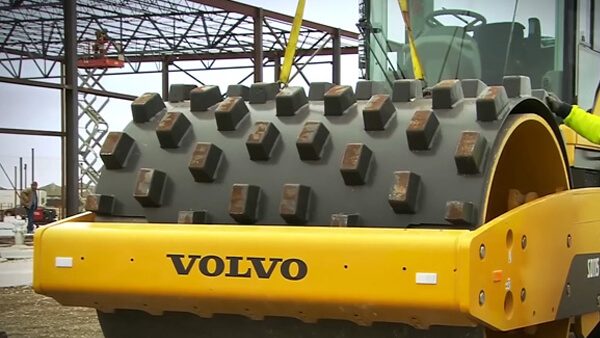
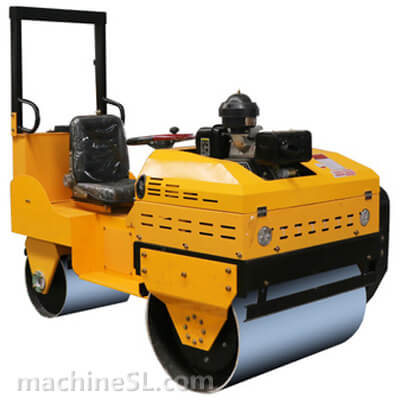
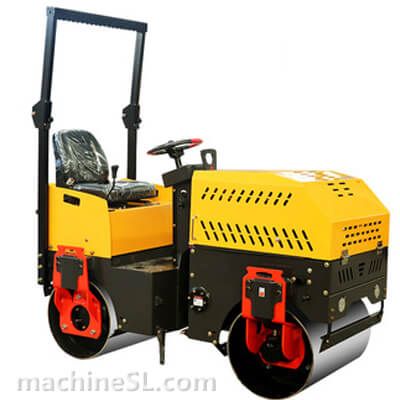
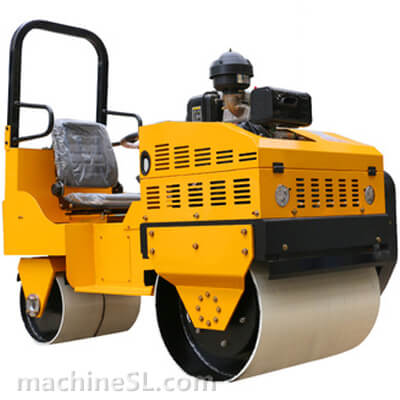
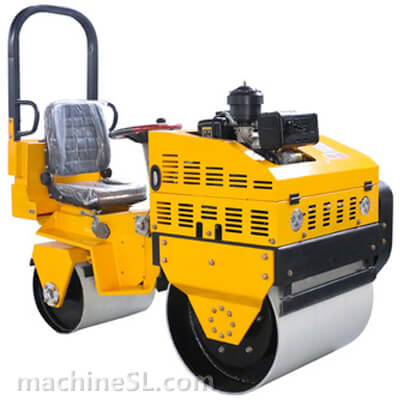
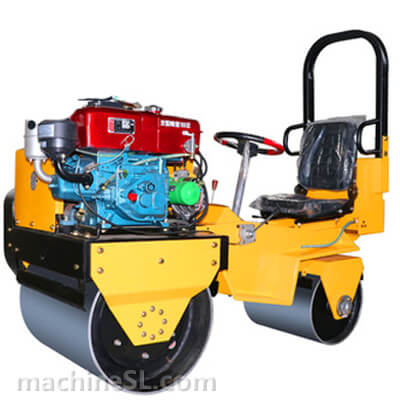
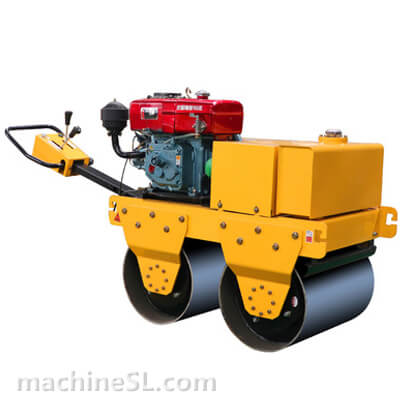
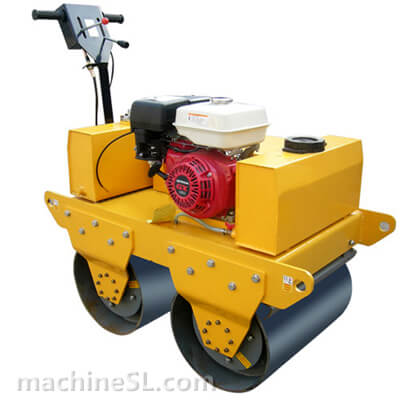
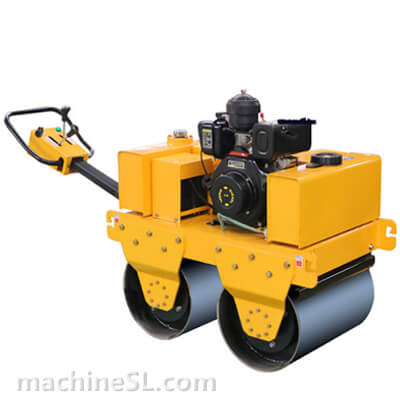
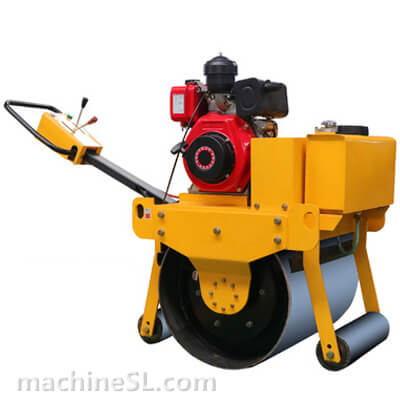
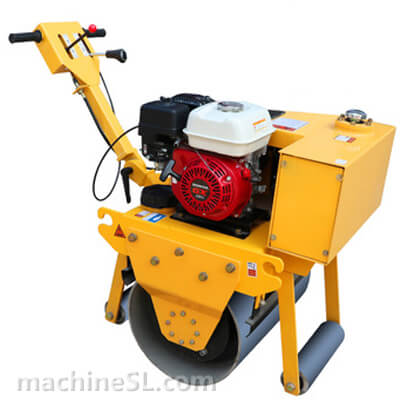
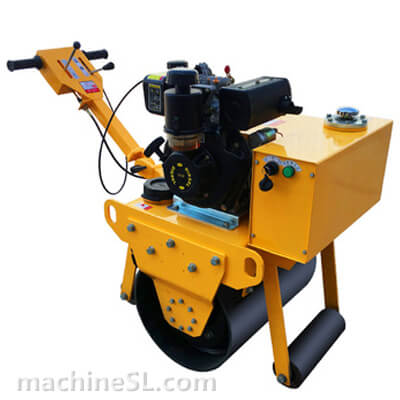
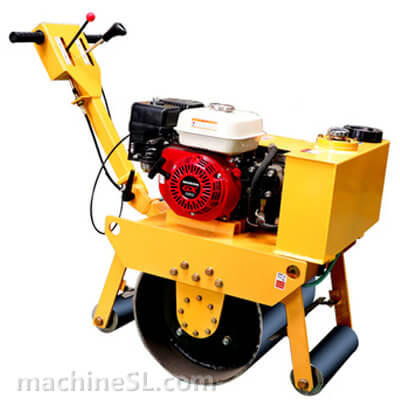
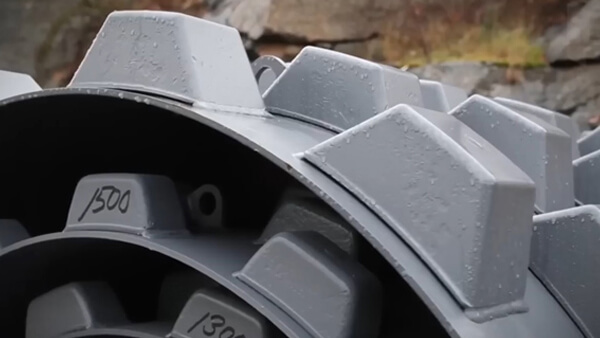
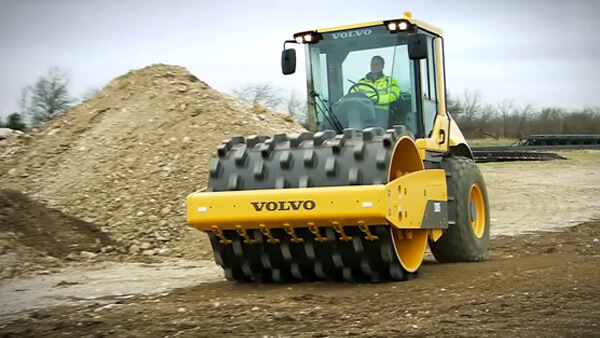
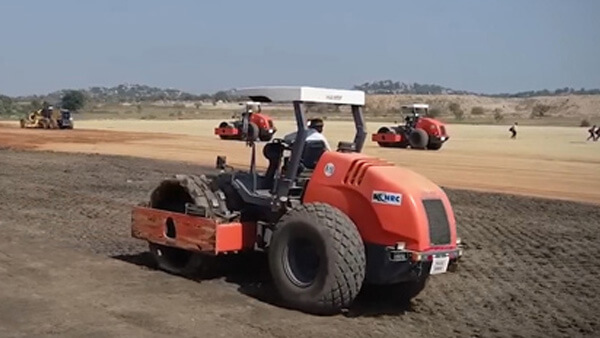
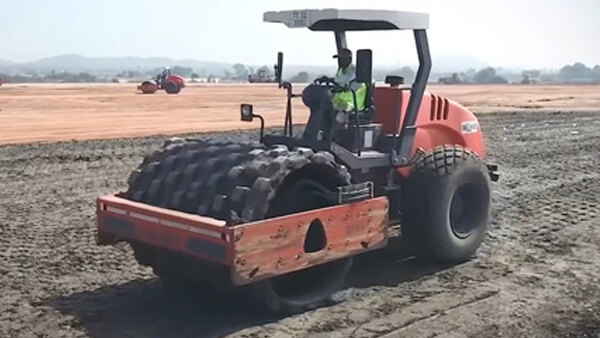
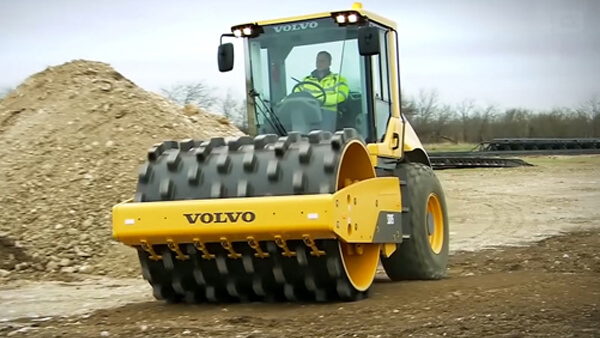
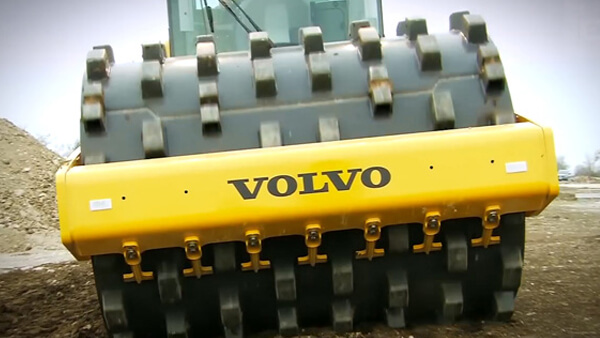
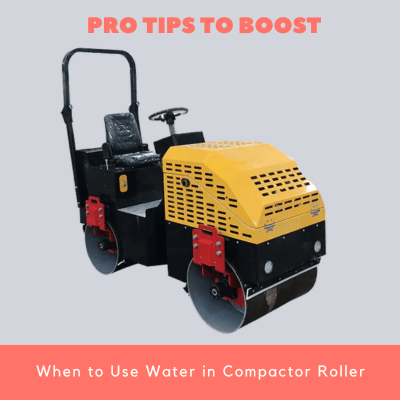
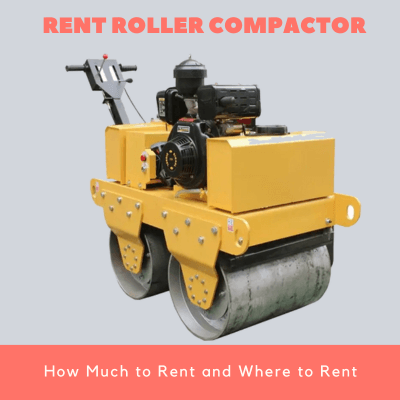
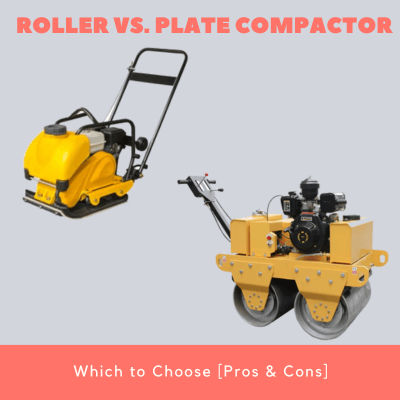
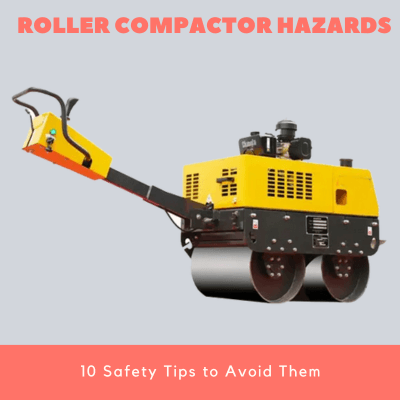
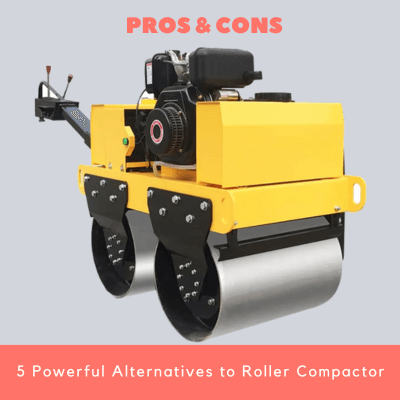
Leave A Comment